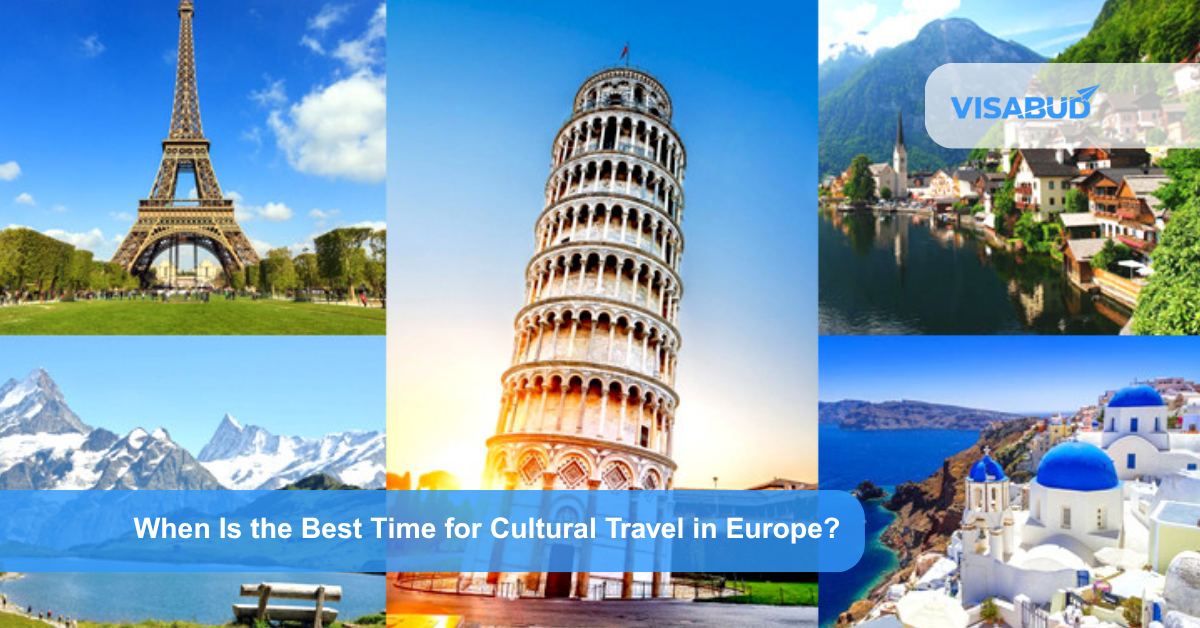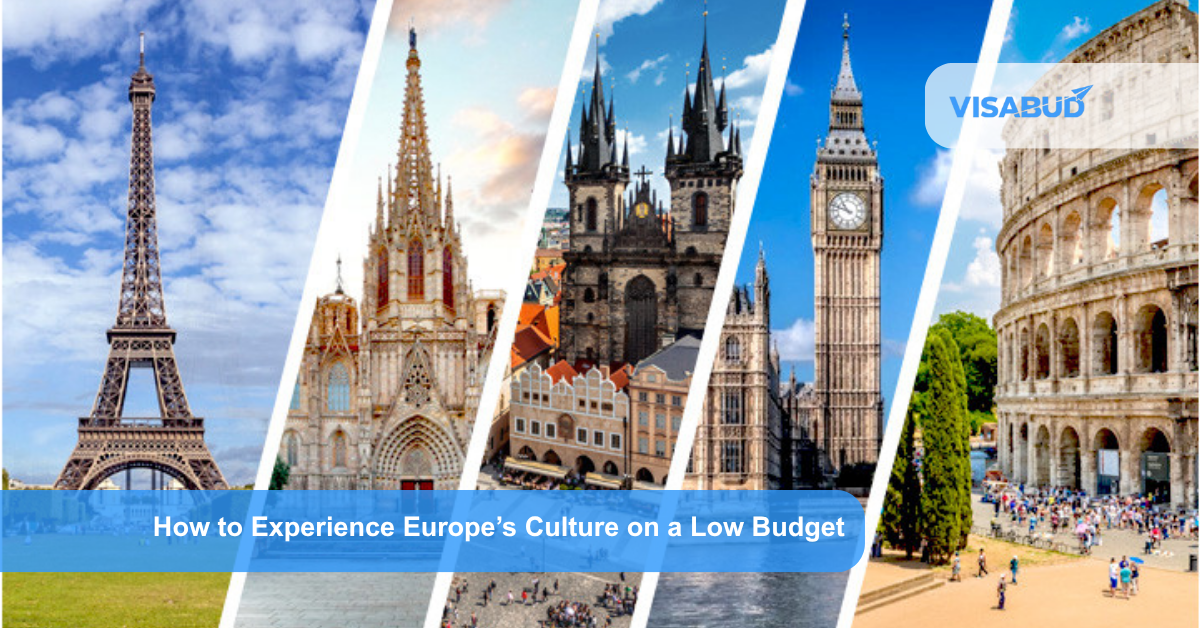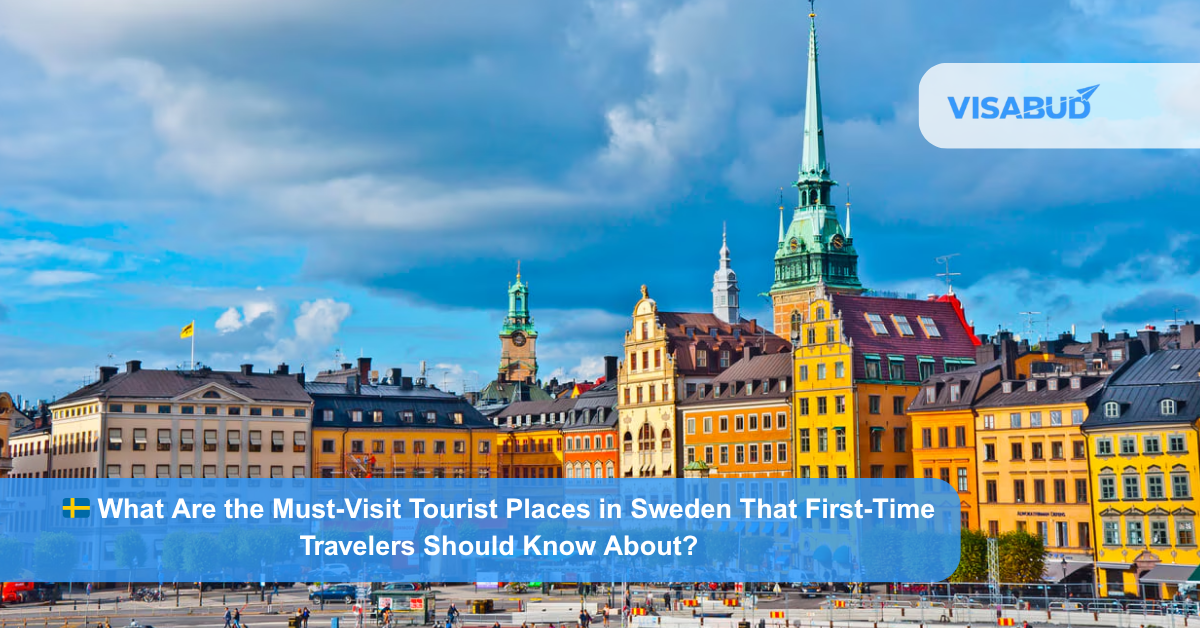Europe is a dream destination for cultural travelers, offering a rich tapestry of art, history, architecture, music, festivals, and local traditions. But one key question often arises: When is the best time to experience Europe’s cultural treasures to the fullest? While there’s no one-size-fits-all answer, this blog will guide you through the best times to explore Europe’s cultural offerings, considering seasons, regional festivals, and practical travel tips.
Europe’s Cultural Diversity Across Seasons
Every season in Europe brings its own charm, and the cultural experience can vary widely depending on the time of year:
Country-Specific Highlights
Let’s break down the best times for cultural travel by country or region, highlighting what makes each special during certain months.
France
Italy
Germany
Spain
Greece
United Kingdom
Benefits of Off-Season Travel
Cultural travel doesn’t always have to coincide with peak tourist months. In fact, exploring Europe during the shoulder or off-seasons offers unique advantages:
Events and Cultural Seasons to Plan Around
Tips for Planning Your Trip
Must-See Cultural Experiences by Season
Spring:
Summer:
Autumn:
Winter:
Personalized Cultural Routes
Depending on your interests, you can tailor your trip to specific cultural passions:
Frequently Asked Questions (FAQs)
1. Is cultural travel in Europe expensive?
Not necessarily. Cultural travel can be affordable, especially if you visit during the shoulder seasons or attend free local events.
2. What’s the best country in Europe for cultural travel?
It depends on your interests. Italy is rich in art and history, France in cuisine and literature, Germany in music and philosophy, and so on.
3. Are language barriers an issue?
English is widely spoken in most European cities. Learning basic local phrases is still appreciated and can enhance your experience.
4. Can I experience European culture without attending festivals?
Absolutely. Everyday life, architecture, local markets, and historical sites also reflect culture deeply.
5. What are shoulder seasons in Europe?
Shoulder seasons are spring (March–May) and autumn (September–November), offering milder weather and fewer crowds.
6. What cultural activities are child-friendly in Europe?
Many museums, historical sites, and festivals cater to families, especially during summer.
7. Is it safe to travel solo for cultural experiences?
Yes, Europe is generally safe for solo travelers. Cultural events are often public and well-organized.
8. Do I need to book tickets for festivals in advance?
For popular events, definitely. Booking early ensures you get good seating and accommodation.
9. Are there cultural experiences in rural areas too?
Yes, many local festivals, artisan workshops, and food traditions are found in villages and small towns.
10. What should I bring on a European cultural trip?
A phrasebook or app, comfortable shoes, semi-formal performance dress, and an inquisitive attitude.
Conclusion
What time of year is ideal for cultural tourism in Europe? It depends on your goals. The seasons of spring and fall offer a lovely harmony of comfort, culture, and crowd management. Summer is full of vibrant energy and iconic festivals, while winter offers cozy, traditional, and indoor-focused experiences.
Whatever time you choose, cultural Europe awaits with open arms, centuries of history, and an invitation to discover something extraordinary.
Plan wisely, stay curious, and let the cultural heartbeat of Europe guide your journey.
We’re available 24/7 to assist you with any questions or concerns Contact Us







